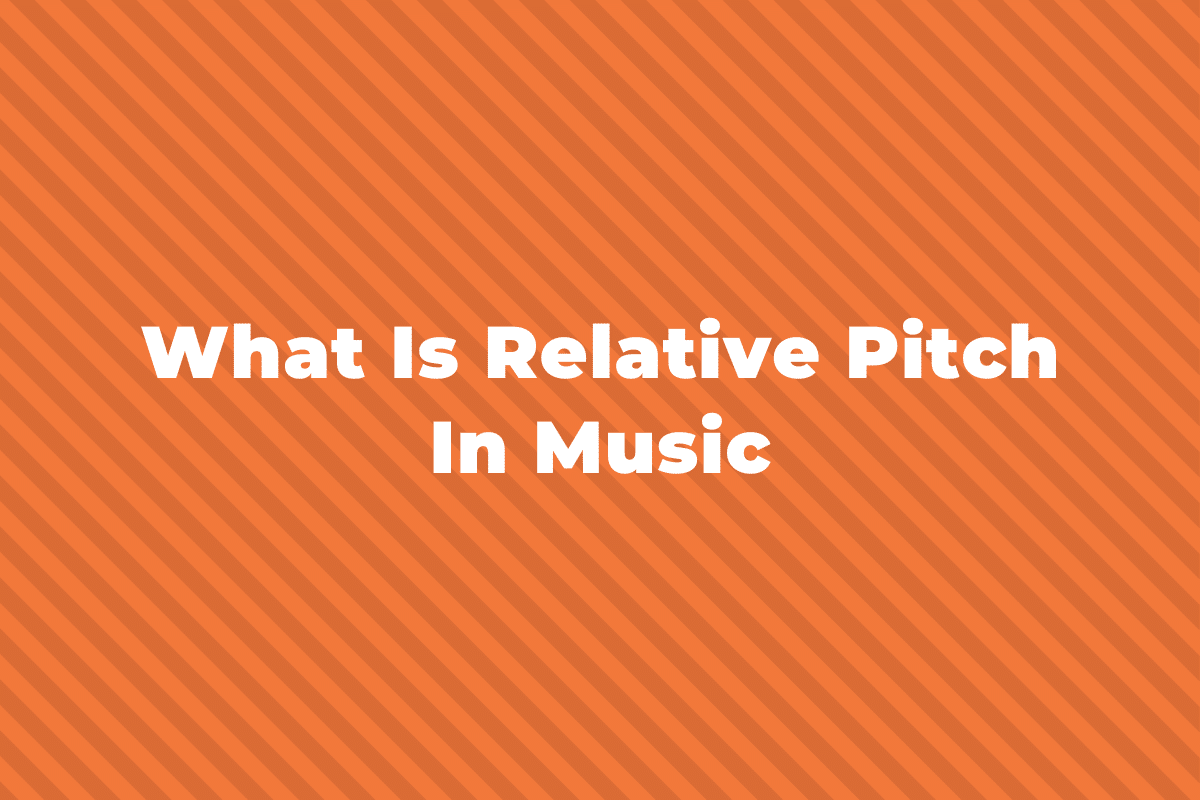Being able to correctly notate or read rhythm is a huge part of music theory and being a good musician. To play or write simple rhythms is pretty easy, but once you start getting into more complex rhythmic patterns, you might hit a wall about knowing how to write them down. This is when you’ll need to know about tuplets.
In this post, we’ll cover a few of the different types of tuplets and how they work in music theory.
What Is A Tuplet?
In music, a tuplet is the name we give to rhythms that subdivide a beat into different divisions than normally allowed by the time signature.
For example, in a simple meter time signature like 4/4, we can easily divide notes in half; half notes can be split into quarter notes, quarter notes split into eighth notes, eighth notes into sixteenth notes, etc.
But what if we want to divide a beat into three, five, or something else?
It’s times like these that we use tuplets as they allow us to split a beat into thirds, fifths, sixths, sevenths, etc.
Types Of Tuplets
There are a number of different types of tuplets for different purposes. Some are easier to play than others, and some of them are a lot more common.
In the examples covered below, remember that it can be any time value of note, not just the ones I’ve used as examples.
Triplets
The most common type of tuplet is a triplet.
A triplet is three notes played in the time of two of the same notes.
You indicate a triplet by writing a number three above the notes or using brackets to show which notes it applies to.

To read more about triplets check out our guide to musical triplets here.
Duplets
Not quite as common but still worth knowing is a duplet.
A duplet is two notes played in the time of three.
It’s like the reverse of a triplet.
You indicate duplets in the same way as triplets but instead of using a number three, you add the number two above the notes it applies to.

Duplets are used in compound time signatures when usually we divide the beat into three.
To read more about duplets check out my post on musical duplets here.
Quintuplets
A quintuplet is an irregular time division that tells us to play five notes in the time of four.
You write a quintuplet by adding a number five above the notes that it applies to.
It doesn’t have to be semiquavers though.
You can have a tuplet using any notes. For example, crotchets or quavers as shown below.

Sextuplets
A sextuplet is an irregular time division that tells us to play six notes in the time of four.
You write a sextuplet by adding a number six above the notes that it applies to.
For example, a semiquaver sextuplet would be played in the time of four semiquavers:

Septuplets
A septuplet is an irregular time division that tells us to play seven notes in the time of four.
You write a septuplet by adding a number seven above the notes that it applies to.
For example, a semiquaver septuplet would be played in the time of four semiquavers:

Nonuplets
A nonuplet is a bit different from the other tuplets that we’ve looked at so far.
A nonuplet is nine notes played in the time of eight of the same type of note.
They’re written in the same way as the other tuplets by adding the number above the notes it applies to.
For example, a semiquaver nonuplet would be played in the time of eight semiquavers:

Nonuplets are very rare but you will see them come up from time to time.
Summing Up Tuplets
Tuplets are a really useful and essential part of musical notation.
Without them, it would be very complicated or even impossible to write certain rhythms.
If you have any questions that haven’t been covered in this post, get in touch and we’ll do our best to answer them!



